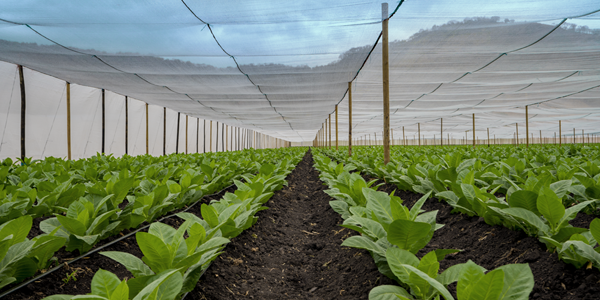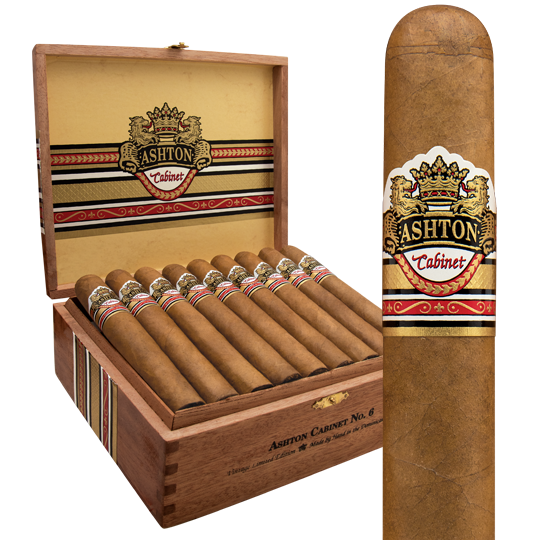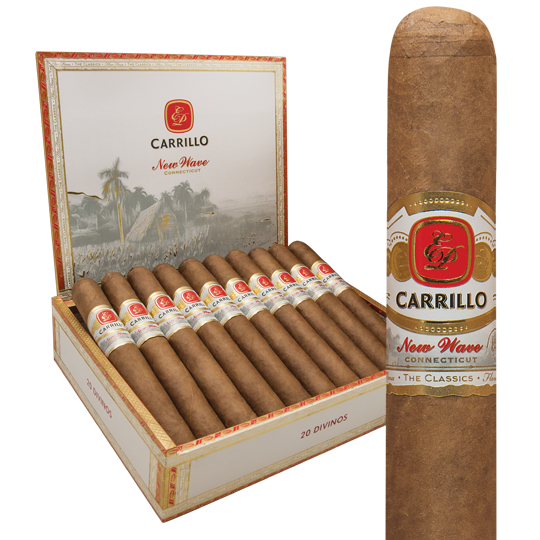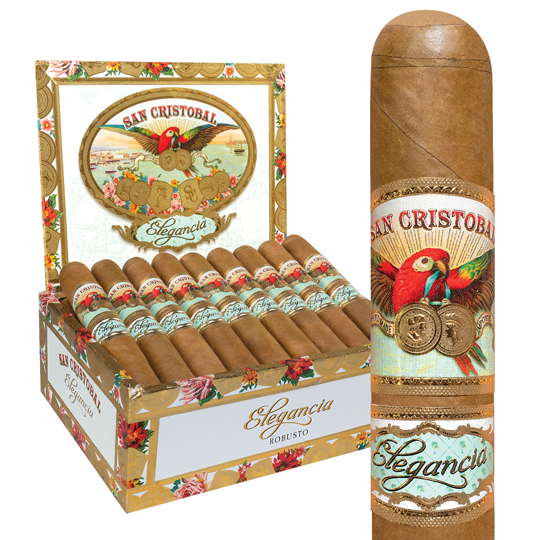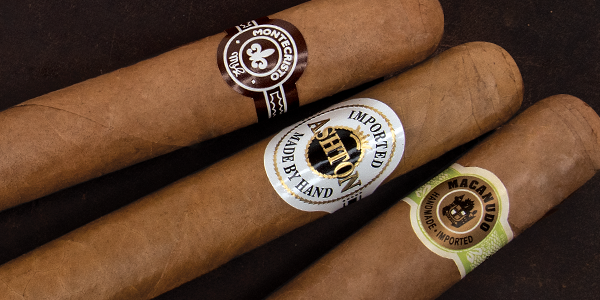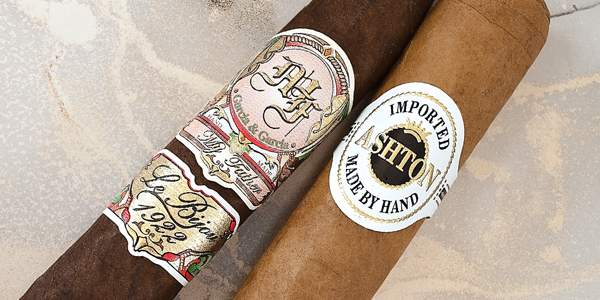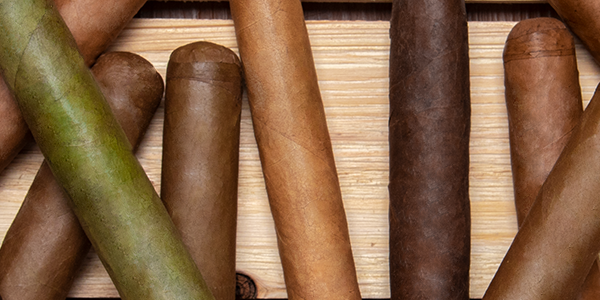Connecticut Shade vs. Ecuador Connecticut Wrappers
The story of the Connecticut cigar wrapper is the beginning, in many ways, of the story of cigars in the United States that began before there was a USA. But the story, as is often the case with cigars, began in Cuba. Today’s best Connecticut cigars can trace their origins back to the island.
The Cuban Seed Emigrates
After serving in the British Navy during the invasion of Havana in 1762, Lt. Col. Israel Putnam took some tobacco seeds back to his farm in Connecticut, then a British colony. Putnam planted the seeds and that became the first Connecticut wrapper. Jump forward more than 100 years, with several improvements along the way to the original Connecticut tobacco, including importing seeds from other parts of the world, and we arrive at the cultivation of Connecticut Shade tobacco.
The First Connecticut Shade
The first true Connecticut Shade tobacco was grown in 1900, with the first shade-leaf tent put up on River Street in Windsor, Connecticut. At its height, more than 20,000 acres in the Connecticut River Valley were cultivating shade tobacco.
Connecticut Shade Today
Today, it’s estimated that in Connecticut as many as 2,000 acres, or as few as 300, are used for growing Connecticut Shade wrapper. The varietal is now grown in other parts of the world, especially in Ecuador, at much lower cost.
Two Shades of Connecticut Shade
Just as tobacco seed was taken to Connecticut from Cuba, the seed that yields Connecticut Shade was transported to Ecuador by cigar-makers. As we have experienced with cigars grown in different countries from the same seed types, there are differences and similarities with Connecticut Shade.
US Shade
The Connecticut Shade wrapper grown in the US is mild. The shade wrapper grown in Connecticut’s Windsor and Housatonic Valleys has taken on the characteristics of the climate and soil of Connecticut. The shade wrapper from here tends to be quite mellow and a little sweet after fermentation. There’s perhaps no better example of a cigar using this wrapper than the original Ashton line.
This line of Ashton cigars contains Dominican tobacco enveloped by a blond Connecticut Shade wrapper. The cigar is velvety, smooth, and mild, delivering rich notes of cedar, nuts and sweetness. The Ashton Cabinet line boasts a slightly darker Connecticut Shade wrapper around Dominican tobaccos aged four to five years. This is a mild-to-medium strength cigar with richness and creaminess and a vanilla-tinged sweetness.
A Beautiful Blender
The myth is that many cigar makers like working with Connecticut Shade wrapper because it does not have much effect on the flavor of the cigars, but that’s not really the case, Ernesto Perez-Carrillo told Cigar Aficionado.
“[I]t blends beautifully with almost all tobacco,” said Perez-Carrillo, president of E.P. Carrillo Cigars. “And though most people think it doesn’t add anything to the blend, it complements and rounds out the smoke perfectly. I’m seeing a lot of brands coming out with a Connecticut wrapper because there is a demand for a milder smoke, and today’s cigar smoker wants to experience different blends.”
Ecuador’s Connecticut-Seed Wrapper
Perez-Carrillo is among many who make cigars using Connecticut-seed wrapper from Ecuador. His E.P. Carrillo New Wave Connecticut uses the Ecuador Connecticut wrapper to hold together a handcrafted variety of Nicaraguan binder and filler. The golden-blond wrapper, a little darker than the Connecticut Shade from Connecticut, helps to create a sweet and creamy profile that features toasty notes of leather, cedar, and some pepper.
If you notice that Ecuador’s Connecticut-seed wrappers are a bit richer than Connecticut’s, that’s due to the volcanic soil in which the tobacco is grown. Also, the shade here is provided by a constant cloud cover, as opposed to the tenting used in the US. Still, like the version grown in the US, Ecuador Connecticut wrappers smoke very smoothly. Cigar makers like the Ecuador Connecticut version because of the larger crop yield, and because it requires less time to ferment after being cured in the barns. Ecuador Connecticut tends to be sweeter right off the stalk than the US-grown Connecticut Shade.
Avo cigars, made by Davidoff in the Dominican Republic, also offer Dominican tobaccos inside an Ecuador Connecticut wrapper in a mild-medium profile. The wrapper is silky and the cigar is creamy with notes of nuts and toast. A buttery finale resonates at the end.
Davidoff, the company estimates, makes more than 17 million cigars using Ecuador Connecticut wrapper, six million of which are in the Davidoff brand. That includes the Davidoff Winston Churchill, which has a distinctive blend of fillers from the Dominican Republic, Nicaragua, and Mexico inside an Ecuador Connecticut wrapper. The flavor is full of leather, dark coffee, and cedar, with a bit of pepper.
Fans of Pepin Garcia love the way he blends San Cristobal Elegancia with an Ecuador Connecticut wrapper. Beneath the wrapper is a mild to medium-bodied blend of Nicaraguan long-fillers. Notes of fresh coffee and white pepper accompany the earthy zest Pepin is famous for, but with greater creaminess and less intensity.

